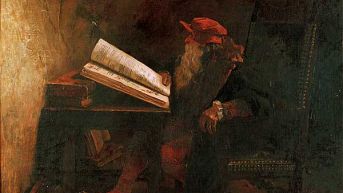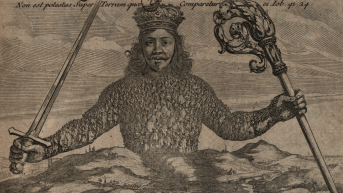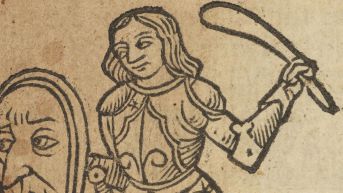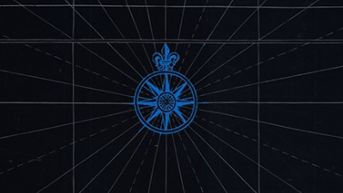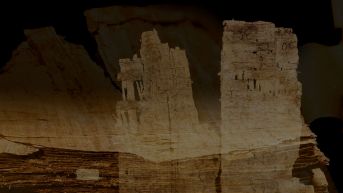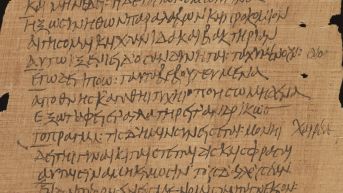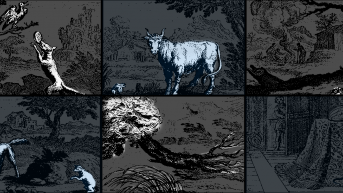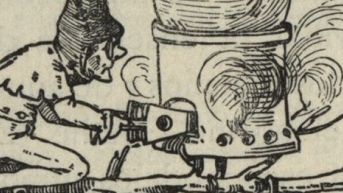The Didactics of Literature
What is “literature” when it is taught as an ensemble of books?
The Bodmer Lab has been driven since the beginning by the goal of taking into consideration the implications of its research on teaching, in primary and secondary schools just as much as in universities. The Bodmer collection includes classics that are widely studied in classrooms, richly-illustrated children’s books and shining examples drawn from literature, print-matter and culture.
Moreover, the Bibliotheca Bodmeriana is the very embodiment of the “Spirit of Geneva” in the cultural realm, which is to say a cosmopolitanism devoted to the establishment of peaceful exchanges between nations. These values can likewise find a home in 21st-century educational systems.
What scholastic applications can we envision for our data? Can we imagine students working on digitised texts? How do we give teachers the appropriate resources for developing literature courses coordinated with online cultural materials?
The print revolution casts new light on the ongoing digital transition
These questions demarcate a new field of research into the didactics of literature. This includes studies on the use of tablets in classrooms, on potential ways of evaluating students in the face of this digital turn in education, and, of course, on the question of what “literature” is, when taught not as a series of texts, but as an ensemble of books.
Our research is conducted in close cooperation with teachers and we plan to add to the teaching resources already available:
- the use of physical bibliography enriches narratology and text linguistics;
- the analysis of handwritten manuscripts supplements genetic criticism and occasions writing activities in schools;
- the study of typographical practices invigorates literary history;
- five centuries later, the print revolution casts new light on the ongoing digital transition;
- digital humanities provide a gateway to computational reasoning;
The Bodmer collection corresponds to the ideal of world literature. In the collection, literatures are defined by their relationships to other literary traditions. French literature, for example, only exists in conjunction with German, English, Italian—but also Indian, Chinese and Japanese literatures. Consequently, the building blocks made available for teachers applies to many literatures and many disciplines of instruction.
Beyond the strict definition of literature, the Bodmer Lab also sees its data being used in the teaching of history (the Great Discoveries or the Renaissance in the case of the “De Bry” Constellation, for example), art history (the “Faust” image library) and soon, the history of science.
Jérôme David (University of Geneva)
Chloé Gabathuler (Haute École Pédagogique du Valais)



